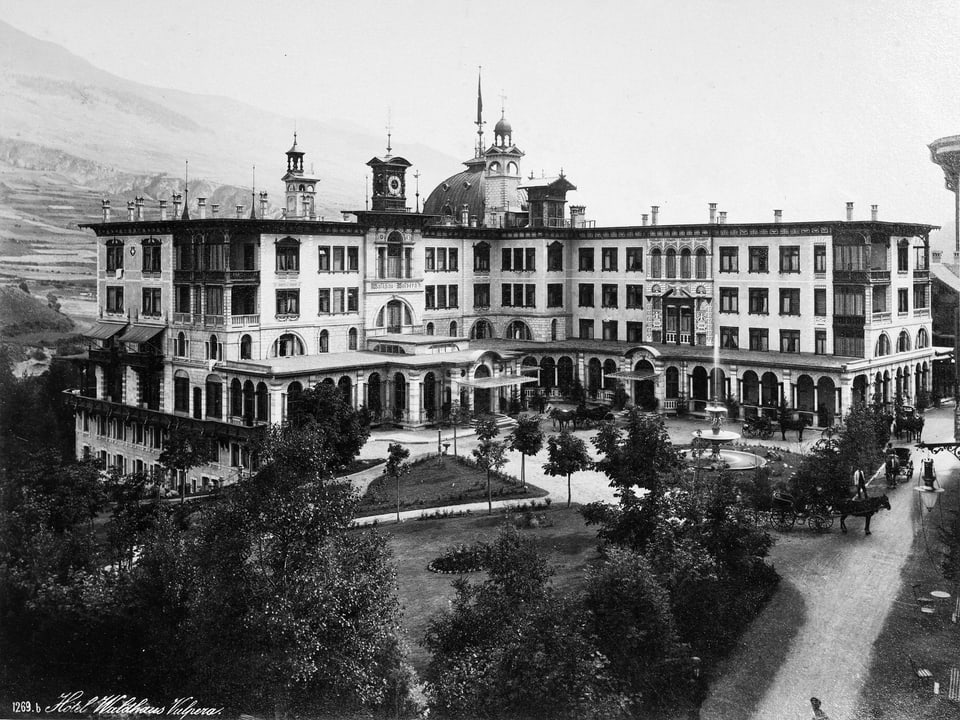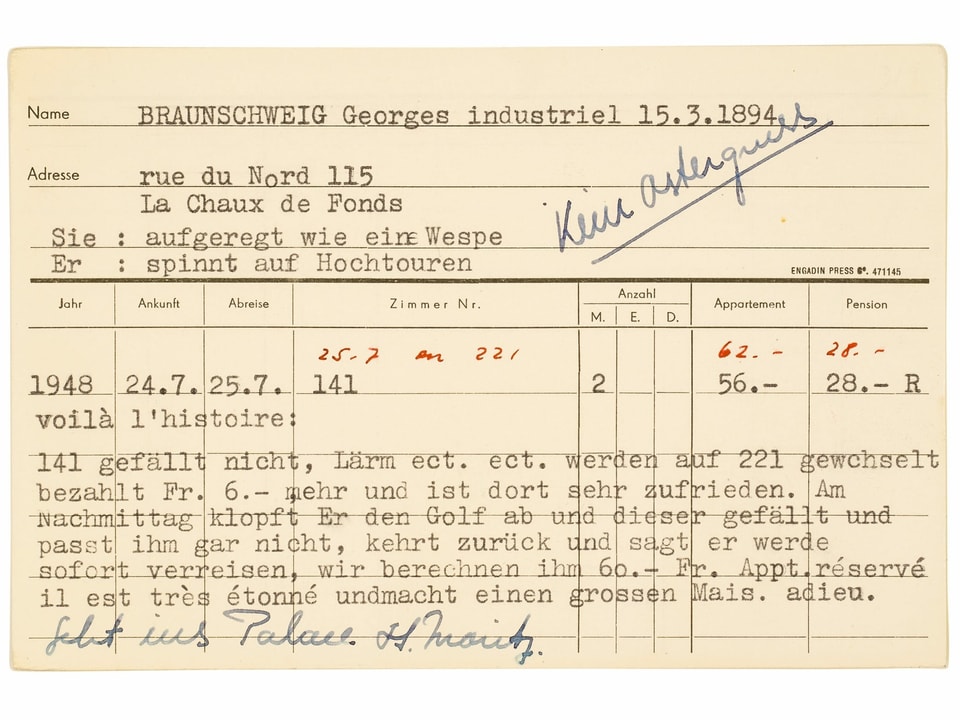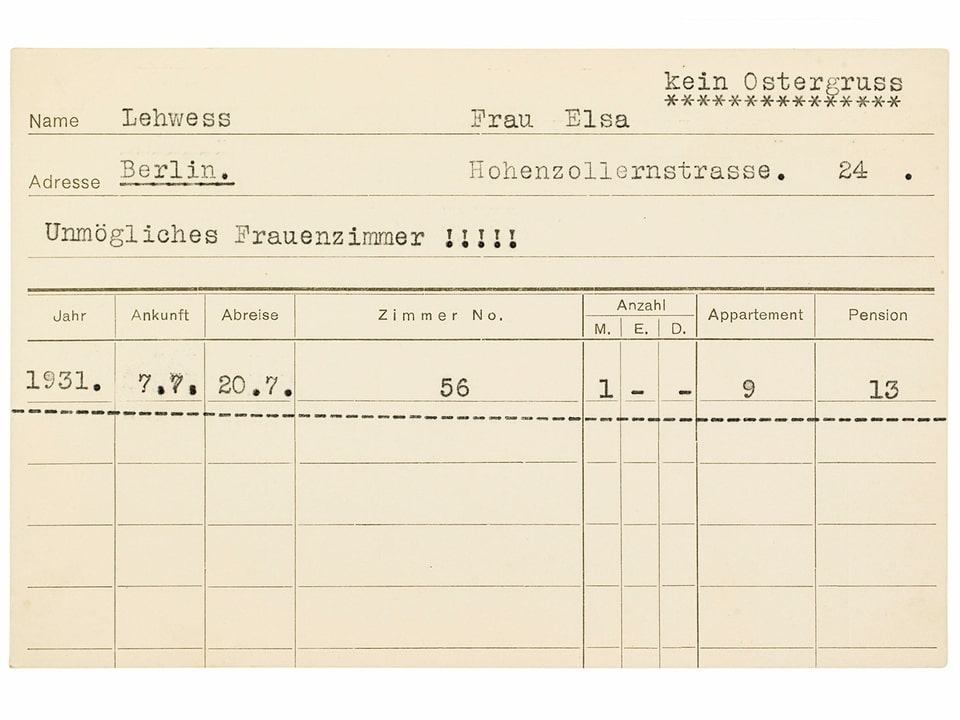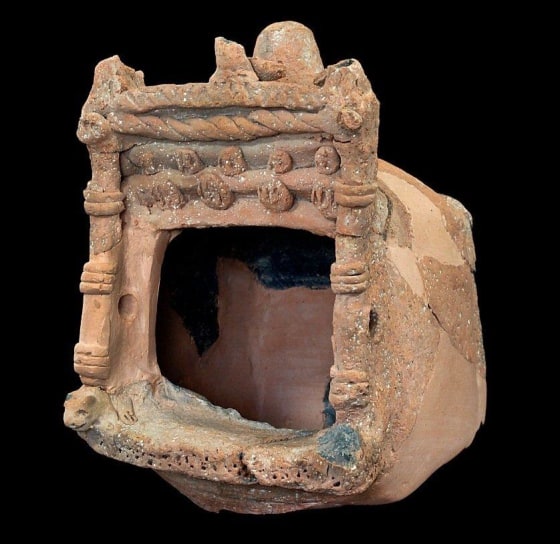Discussion, revision and decision
Decision
Verified with reservations: The content is scientifically sound, but has shortcomings that could be improved by further studies and/or minor revisions.
Dr. Bañuelos: Verified manuscript
Dr. Morris: Verified with reservations
Revision
Response to Reviewer 1 (Dr. Bañuelos)
- Most importantly, I would like to see an introduction that explains the authors’ general arguments about grading changes – including the trajectory of these changes at Dalhousie and why this arc contributes to our knowledge of the history of higher education more broadly. Then, the authors might continually remind us of the arc they present at the outset of their paper – especially when they are highlighting a piece of evidence that illustrates their central argument. To me, the quotes from students and faculty responding to grading changes are among the most interesting parts of the paper and placing these in additional context should make them shine even more brightly!
Our Response: Thank you so much for your thoughtful review. We have added a larger new introduction section of the paper (paragraphs 1-5 in the latest draft are new) that outlines the general importance of the topic, the Canadian context, details on Dalhousie University, and our overall thesis statement (i.e., most decisions were to improve the external communication value of grades).
Moreover, we have added three new student quotes form the Dalhousie Gazette to build a stronger picture for student reactions, and to build a better case for our overall thesis statement (i.e., that changes in grading were often to increase the external communication value of grades). Moreover, throughout we have added some details on the overall funding trajectory for institutions in Canada that created some pressure to standardize grading. We think that these changes have improved the manuscript.
- I’d like to read a little more about Dalhousie itself – why it is either a remarkable or unremarkable place to study changes in grading policies. Is it representative of most Canadian universities and thus, a good example of how grading changes work in this national context? Is it unlike any other institution of higher education and thus, tells us something important about grades that we could not learn from other case studies? I don’t think this kind of description needs to be particularly long, but it should be a little more involved than the brief sentences the authors currently include (p.3, paragraph 1) and should explain the choice of this case.
Our Response: This comment revealed that two additional pieces of context were needed for the introduction: (a) some national context for higher education policy in Canada and (b) some extended description of Dalhousie University when compared to other universities in Canada. To this end, two new paragraphs have been added to the paper (paragraphs 2 & 3 in the current draft).
Notably, Jones (2014) notes that “Canada may have the most decentralized approach to higher education than any other developed country on the planet” (pg 20). With this in mind, any historical review of education policy is by necessity specific to province and institution – that is, the information can be placed in its context, but resists wide generalization to the country as a whole. In the newest draft, we tried to describe the national, provincial, and institutional context in some more detail in paragraphs 2 & 3.
- I’d also like to know more about the archival materials the authors used. The authors mention that they drew from “Senate minutes, university calendars, and student newspapers” (p. 3), but what kinds of conversations about grades did these materials include? At various points, the authors engage in “speculation” (e.g. p.4) about why a particular change occurred. This is just fine and, in fact, it’s good of the authors to remind us that they are not really sure why some of these shifts happened. But, they might go one step further and tell us why they have to speculate. Were explicit discussions of grading changes – including in inter- and intradepartmental letters and memo, reports, and other documents – not available in these archives? Why are these important discussions absent from the historical record?
Our Response: We have added a new paragraph (paragraph 4) to the paper discussing the sources in some more detail. It is true that the verbatim discussions are frequently absent from the record, especially earlier in history – or if they exist, we have not found them! Instead, we frequently are reviewing meeting minutes or committee reports, which are summaries of discussions. As we now note in the paper, “Thus, the sources used showed what policy changes were implemented, when they were implemented, and a general sense of whether there was opposition to changes; however, there were notable gaps in faculty and student reactions to grade policy changes, as these reactions were frequently not written down and archived.”
This gap was most apparent in the Senate minutes around the 1940s, where I (the first author) could not find any direct discussions of why changes were implemented. Under the 1937-1947 heading, we more clearly indicate that the rationale for the changes was absent from the Senate minutes during this period. I add some further speculation on why these records might be absent, based on summaries from Waite (1998b); specifically, the university president of the time often made unilateral decisions, circumventing Senate, which might account for why the changes are absent from the records.
This will hopefully make the limitations of what can be learned from this approach more apparent.
- At various points, the authors make references to the outside world – for example, WWII (p. 5), the Veteran’s Rehabilitation Act (pp. 6-7), and British versus American grading schemas (p. 6). But, these references are brief and seem almost off-handed. I know space is limited, but putting these grading changes in their broader context might help make the case for why this study is interesting and important. Are the changes in the 1940s, for example, related to the ascendance of one national graduate education model over another (e.g. American versus British)? Are there any data on how many Canadian undergraduates enrolled in British versus American graduate programs over time? If so, I would share any information you might have on these broader trends.
Our Response: To our knowledge, there isn’t any comparable report to what we’ve written here documenting the transition from British “divisions” to American “letter grades” in Canadian Universities, making our report novel in this regard. It might well be that a similar historical arc exists in many of the 223 public and private universities in Canada, but we don’t believe such data exists in any readily accessible way – excepting perhaps undergoing a similar deep dive into historical documents at each respective institution! So, we do not have the answer to your question: “Are there any data on how many Canadian undergraduates enrolled in British versus American graduate programs over time?” However, we did add one reference which provided a snapshot point of comparison in 1960, noting in the paper “Baldwin (1960) notes that the criteria for “High First Class” grades in the humanities was around 75-80% at Universities of Toronto, Alberta, and British Columbia in 1960, suggesting that Dalhousie’s system was similar to other research-intensive universities around this time.”
That said, there are a few major national events related to the funding of universities in Canada that we have elaborated on in the text to address the spirit of your recommendation for describing the national context:
a) In the “Late 1940s” section of the paper, we added: “Though Dalhousie had an unusually high proportion of veterans enrolled relative to other maritime universities during this period (Turner, 2011), the Veteran’s Rehabilitation Act was a turning point for large increases in enrollment and government funding Canada-wide, at least until the economic recession of the 1970s (Jones, 2014).”
b) In the 1990s, there were major government cuts to funding, creating challenging financial times for the university. We discuss the funding pressures that likely contributed to standardization of grading during this time by saying the following in the 1980s-2000s section: “Starting in in the 1980s-1990s there were major government cuts to university funding nation-wide, with the cuts becoming more severe in the 1990s (Jones, 2014; Higher Education Strategy Associates, 2021). Because of the nature of the funding formulas, cuts in Nova Scotia were especially deep. Beyond tuition increases, university administrators knew that obtaining external research grants, Canada Research Chairs, and scholarship funding was one of the few other ways for a university to balance budgets, so there was extra pressure to be competitive in these pools. […] The increased standardization was likely related to increased financial pressures at this time – standardization is an oft-employed tool to deal with ever-increasing class sizes with no additional resources.”
c) In the 2010s section of the paper, we added context to how universities in country-wide have become increasingly dependent on tuition fees for funding: “Following the 2008 recession, federal funding decreased again (Jones, 2014; Higher Education Strategy Associates, 2021); however, this time universities tended to balance budgets by increasing tuition and international student fees. This trend towards increased reliance on tuition for income is especially pronounced in Nova Scotia, which has the highest tuition rates in the country (Higher Education Strategy Associates, 2021). Thus, the university moved closer to a “consumer” model of education, so it makes sense that a driving force for standardization was student complaints.”
- This is a very nitpicky concern that doesn’t fit well elsewhere, so please take it with a grain of salt. I was surprised at the length of the reference list – it seemed quite short for a historical piece! I wonder, again, if more description of the archival material - including why you looked at these sources, in particular, and what was missing from the record – would help explain this and further convince the reader that you have all your bases covered.
Our Response: In the introduction section, paragraph 4, we describe our sources in more detail including what is likely missing from the record and why we used them. Regarding the length of the reference list, we did add ~12 new references to the list in the course of making various revisions, which partially addresses your concern. Beyond this though, it’s worth noting that some of the sources more extensive than they seem, even though they don’t take up much space in the reference list (e.g., there is one entry for course calendars, but this covers ~100 documents reviewed!). Moreover, there were many dead-ends in the archives that are not cited (e.g., reviewing 10 years of Senate minutes in the 1940s produced little of relevance), so the reference list is curated to only those sources where relevant materials were found.
Reviewer response to revisions
The new introduction to the piece addresses many of my previous questions about the authors’ general arguments, the Dalhousie context, and the source material. Thank you for addressing these! Reading this version, it is much clearer that the key argument is that standardized, centralized grading practices were “to improve the external communication value of the grades, rather than for pedagogical reasons” (p. 6). I also really enjoyed the added quotes from students in the Dalhousie Gazette.
The authors’ response to Reviewer 2 really gave me a better sense of why they wrote this piece and also helped me to more clearly put my finger on what was troubling me in the first round. It still reads a little like a report for an internal audience – which is just fine and, in fact, can be extremely useful for historians of the future. But, as Reviewer 2 notes, this means it does not really seem like a piece of historical scholarship. I do worry that shaping it into this form would take an extensive revision and might not be in the spirit of what the authors intended to do.
A different version of this article might start with this idea that grades were standardized for external audiences and in response to financial pressures. It would then develop a richer story behind the sudden importance of these external audiences and the nature (i.e. source, type) of financial pressures Dalhousie was facing. It would highlight the impact such changes had on students and their future careers/graduate experiences. It could then connect these trends to other similar changes for external audiences and the increasing interconnectedness of American, Canadian, and British systems through graduate education. It might even turn to sociological theories of organizational change and adaptation and make an argument for when (historically) similar forms of decoupling were likely to occur in the Canadian higher education system. Finally, it might connect these grading changes to current trends – including accusations of grade inflation and accepted best practices for measuring learning outcomes.
But, it doesn’t seem that the authors necessarily want to do this, which I can understand and respect. I think there is enormous value in a piece of scholarship like this existing – both for internal audiences and for future historians. Indeed, imagine if every university had a detailed history of its grading policies like this available somewhere online! Comparing such practices across institutions would certainly tell us a lot about why grading currently looks the way it does.
Decision changed
Verified manuscript: The content is scientifically sound, only minor amendments (if any) are suggested.
Response to Reviewer 2 (Dr. Morris)
The authors dove headfirst into Dalhousie’s archives, unpacking the subtle shifts in grading policy. Their work seems to be comparable to archaeologists, digging deep beneath mountains of primary sources to find nuggets of clues into Dalhousie’s grading evolution. I particularly liked when the authors were able to link these changes to student voices, as seen in moments when they referenced student publications.
Ultimately, I kept coming back to one main comment that I wrote in the margins: “So what?” I would humbly suggest that the authors reflect on why this history matters to them. Granted, they do this in the conclusion, where they touch on Schneider & Hutt’s argument that grades evolved to increasingly be a form of external communication with audiences beyond school communities. Sure. But I want more. I wanted to see a new insight that this microhistory of Dalhousie significant to the history of Canada or the history of education more generally.
If the authors are so inclined, there might be several approaches to transform this manuscript. I would suggest the following. First, instead of tracing the entire history of grading at the institution, choose one moment of change that you think is the most important. Perhaps in the 1920s and the lack of transparency in grading, or the post-war shift toward American grading. Second, show me – don’t tell me – what Dalhousie was like at this moment. Paint a picture of the institution with details about student demographics, curriculum, educational goals, the broader town, etc. Make the community come alive. Show me what makes Dalhousie unique from other institutions of higher ed. Once you establish that picture, perhaps you could link the change in grading practices to subtle changes at the university community, thereby establishing a before and after snapshot.
This will require considerable amounts of work, and the skills of a historian. You will have to find primary and secondary sources that go far beyond what you’ve relied on thus far.
In the end, I found myself wanting the authors to humanize this manuscript, meaning I wanted them to show me that changes in grading practices have tangible effects on real-life human beings. A humanization of their research would mean going narrower and deeper; or, in other words, eliminating much of what they have documented.
However, if that is too tall of an order, I would ask that the authors clarify for themselves who this manuscript is for. Is this a chronicling of facts for an internal audience at Dalhousie’s faculty, alumni, and students? Fine. But my guess is that even members of the Dalhousie community want to read something relatable.
I am suggesting revisions, although not because of objective errors. History is more of an art, in my opinion. With that in mind, I would suggest that the authors paint a more vivid picture (metaphorically) of Dalhousie, showing me how changes one moment of change in grading practices impacted the lives of human beings.
Our Response: Thank you very much for taking the time to read our paper and provide your thoughts and recommendations. It may be helpful to begin by describing why I (the first author) decided to write this paper. Ultimately, I wrote this paper to satisfy my own personal curiosity and to connect with other people at my own place of employment by exploring our shared history. At present day, Dalhousie has a letter grading scheme with a standardized percentage conversion scheme that all instructors used. I wanted to know why this particular scheme was used, but I quickly realized that nobody at Dalhousie really knew how we ended up grading this way! There was an institutional memory gap, and a puzzle that was irresistible to me. So, I wrote this paper for the most basic of all academic reasons: Pure curiosity.
I do very much recognize that the subject matter is very niche, perhaps too niche for a traditional journal outlet. Thus, my publishing plan is to self-publish a manuscript to the Education Resources Information Center (ERIC) database and a preprint server as a way of sharing my work with others who might be interested in what I found. Nonetheless, I believe in the importance and value of peer review, especially since I am writing in a field different than most of my scholarly work. That is why I chose PeerRef as a place to submit, so that I could undergo rigorous peer review to improve the work while still maintaining the niche subject matter and focus that drives my passion and curiosity for the project. Of course, if you feel the whole endeavor is so flawed that it precludes publication anywhere, then we can consider this a “rejection” and I will not make any further edits through PeerRef.<br />
The core of your critique suggested that I should write a fundamentally different paper on different subject matter. While I don’t necessarily disagree that the kind of paper you describe might have broader appeal, it would no longer answer the core research question I wanted an answer to: How has Dalhousie’s grading changed over time? So, I must decline to rewrite the paper to focus on a single timeframe as recommended.
All this said, I did try my best to address the spirit of your various concerns to improve the quality of the manuscript. Below, I will outline the various major changes to the manuscript that we made to improve the manuscript along the lines you described, while maintaining our original vision for the structure and focus of the paper. The specific changes are outline below:
a) Two new paragraphs (now paragraphs 1-2 of the revised manuscript) were added to explain the “so what” part of the question. Specifically, we describe why we think the subject matter might be of interest to others and summarize the general dearth of historical information on grading practices in Canada as a whole.
b) Consistent with recommendations from the other reviewer, we now state a core argument (i.e., that most major grading changes were implemented to improve the external communication value of the grades) earlier in the introduction in paragraph 5 and describe how various pieces of evidence throughout the manuscript tie back to that core theme.
c) In an attempt to “humanize” the manuscript more, we added more student quotes from the Dalhousie Gazette throughout the paper so that readers can get a better sense of how students thought about grading practices at various times throughout history. Specifically, three new quotes were added in the following sections: 1901-1936, late 1940s, 1950s-1970s. We also added this short note about the physical location where grades used to be posted: “Naturally, this physical location was dreaded by students, and was colloquially referred to as “The Morgue” (Anonymous Dalhousie Gazette Author, 1937).”
d) Early in the paper, we describe why we chose Dalhousie and the potential audience of interest: “As employees of Dalhousie, we naturally chose this institution as a case study due to accessibility of records and because it has local, community-level interest. The audience was intended to be members of the Dalhousie community; however, it may also be a useful point of comparison for other institutions, should similar histories be written.”
e) We have described some of the limitations of our sources in paragraph 4, which may explain why the manuscript takes the form it does – it has conformed to the information that is available!
f) We have linked events at Dalhousie to the national context in some more detail, by detailing some national events related to the funding of universities in Canada. See our response to Reviewer 1, #4 above for more details on the specific changes.
g) Consistent with your stylistic recommendations, we have changed various spots throughout the paper from the present tense (e.g., “is”) to the past tense (e.g., “was”), and were careful in our new additions to maintain the past tense, when appropriate. If there are any spots that we missed, let us know the page number / section, and we will make further changes, as necessary.
h) We retained the first person in our writing – this may be discipline-specific, but in Psychology (the first author’s home discipline), first person is acceptable in academic writing. If you feel strongly about this, we can go through the manuscript and remove all instances of the first person, but we would prefer to keep it, if at all possible.
Hopefully this helps address the spirit of your concerns, and I look forward to hearing your thoughts in the second round of reviews.
Decision changed
Verified with reservations: The content is scientifically sound, but has shortcomings that could be improved by further studies and/or minor revisions.







